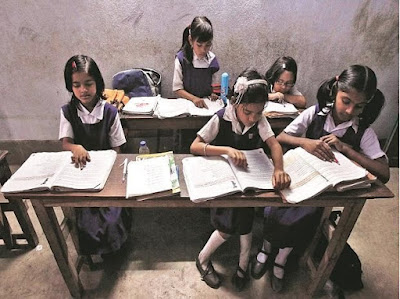Dear multilingual Education friends, Every year the ASER report provides a great source of data with regards to realities of primary education in rural India. The ASER press release states: Every year, ASER finds out whether children in rural India go to school, whether they can read simple text and whether they can do basic arithmetic. Nationally, the proportion of all children in Std. V who can read a Std. II level text remains virtually the same since 2012, at 47%. This proportion decreased each year from 2009 to 2012, dropping from 52.8% in 2009 to 46.9% in 2012. Among Std. V children enrolled in government schools, the percentage of children able to read Std. II level text decreased from 50.3% (2009) to 43.8% (2011) to 41.1% (2013). Over the last three years, there has been a steady increase in the provision of libraries in schools that have been visited. The ...




